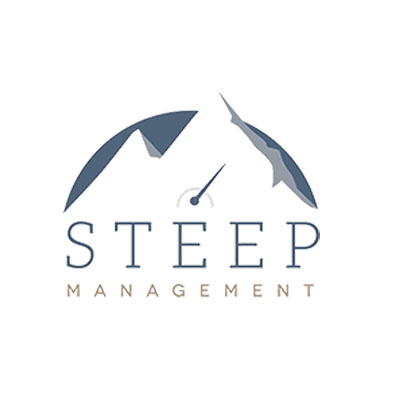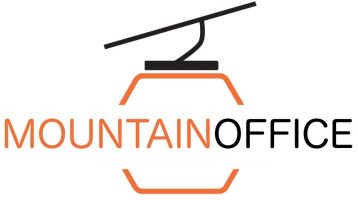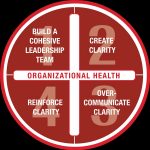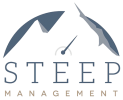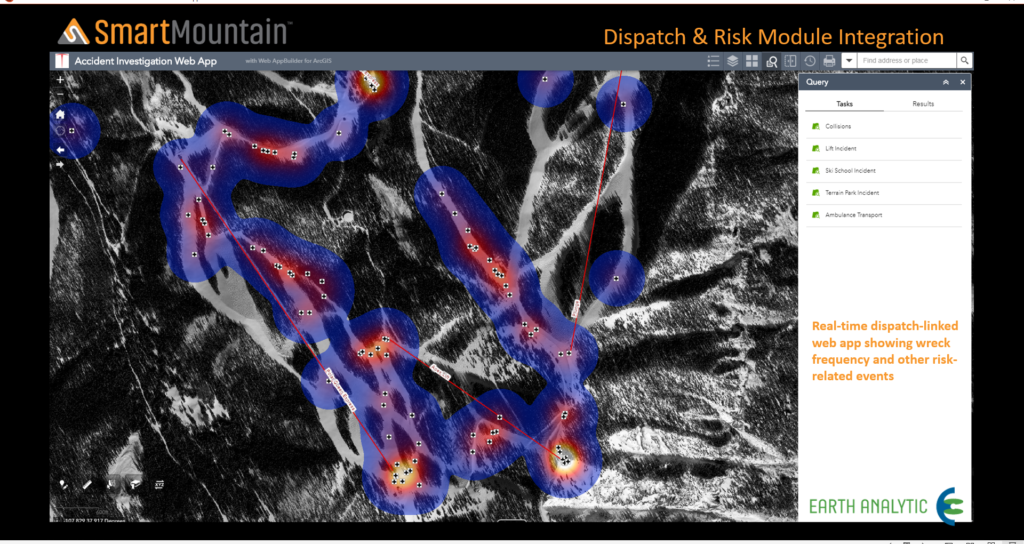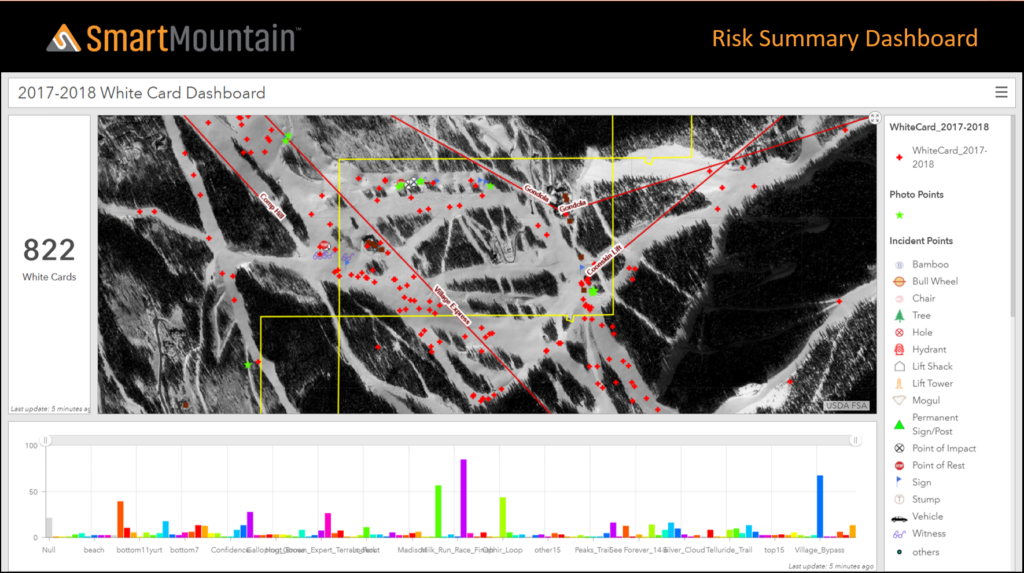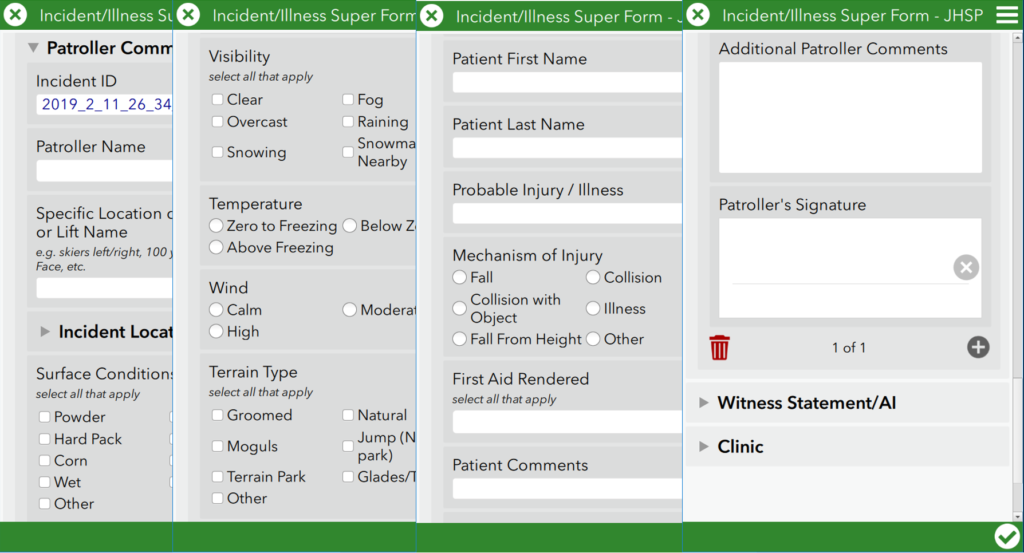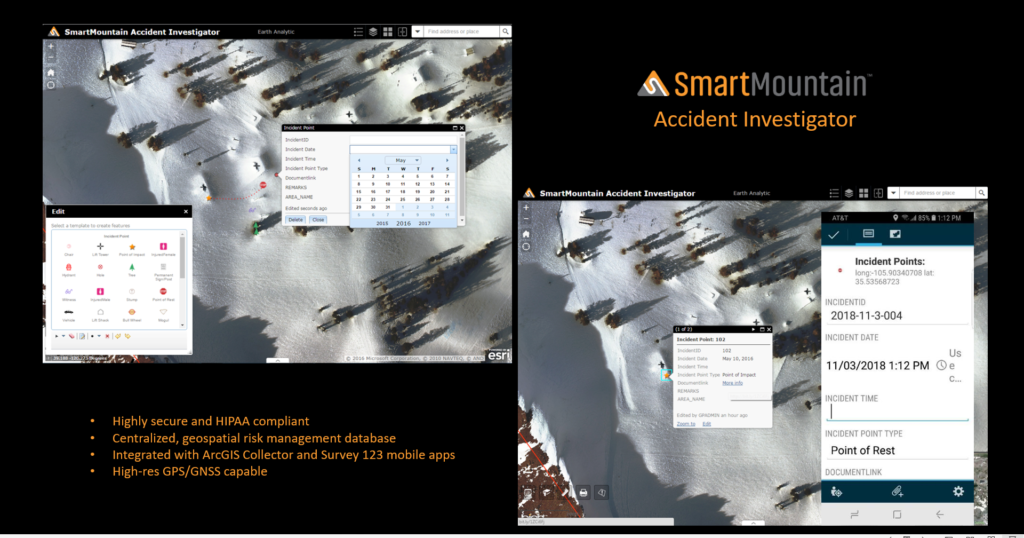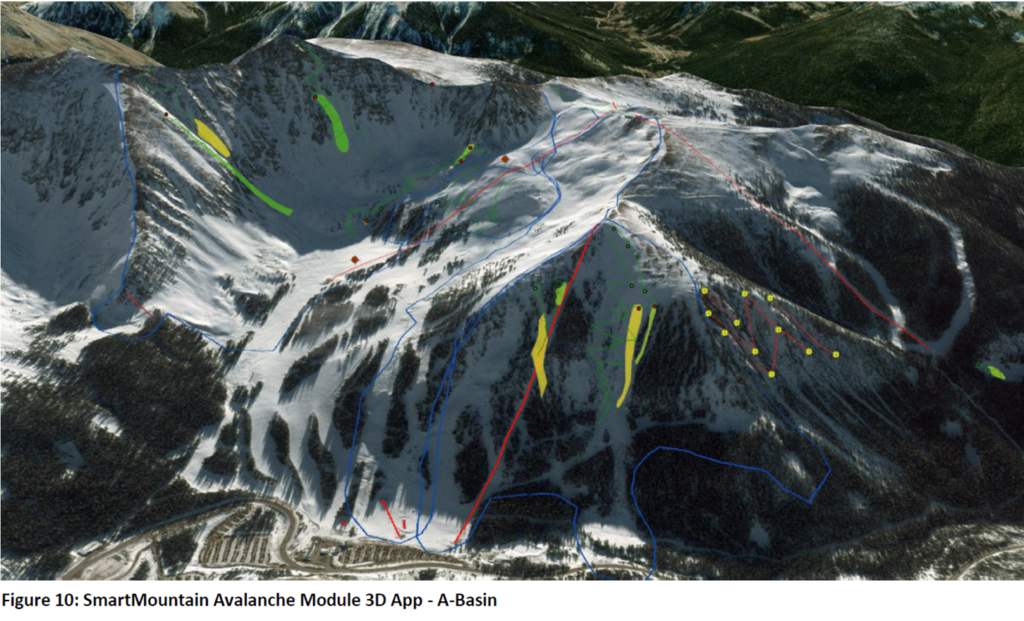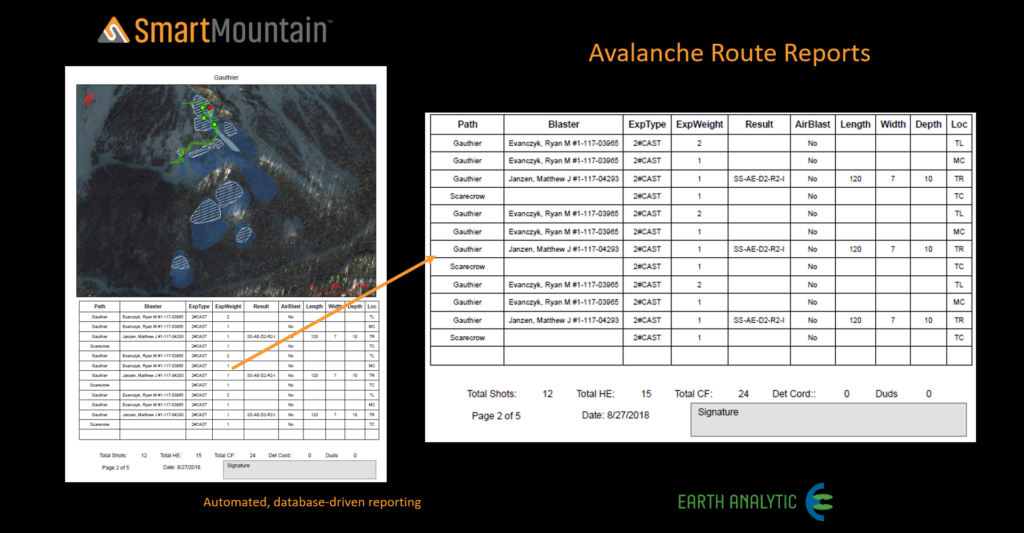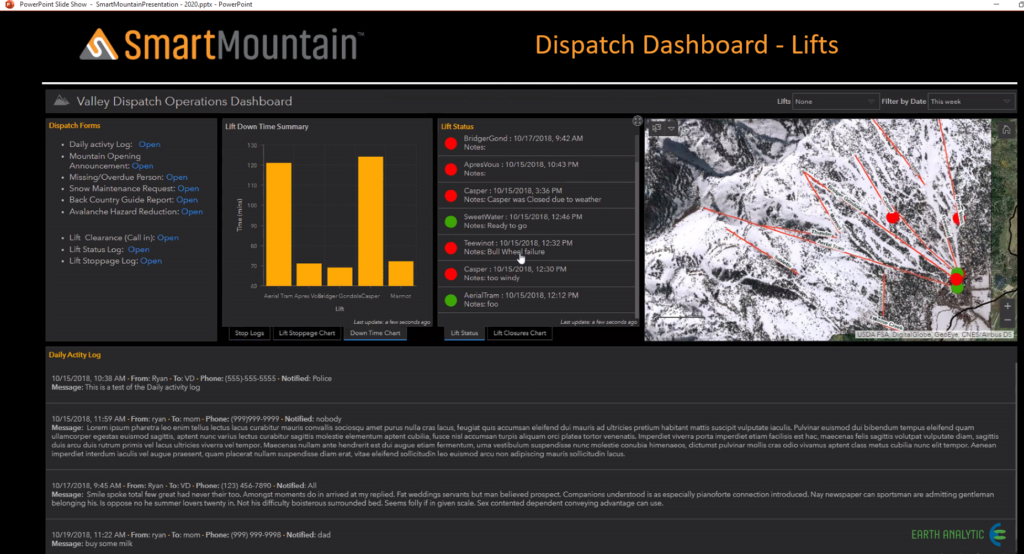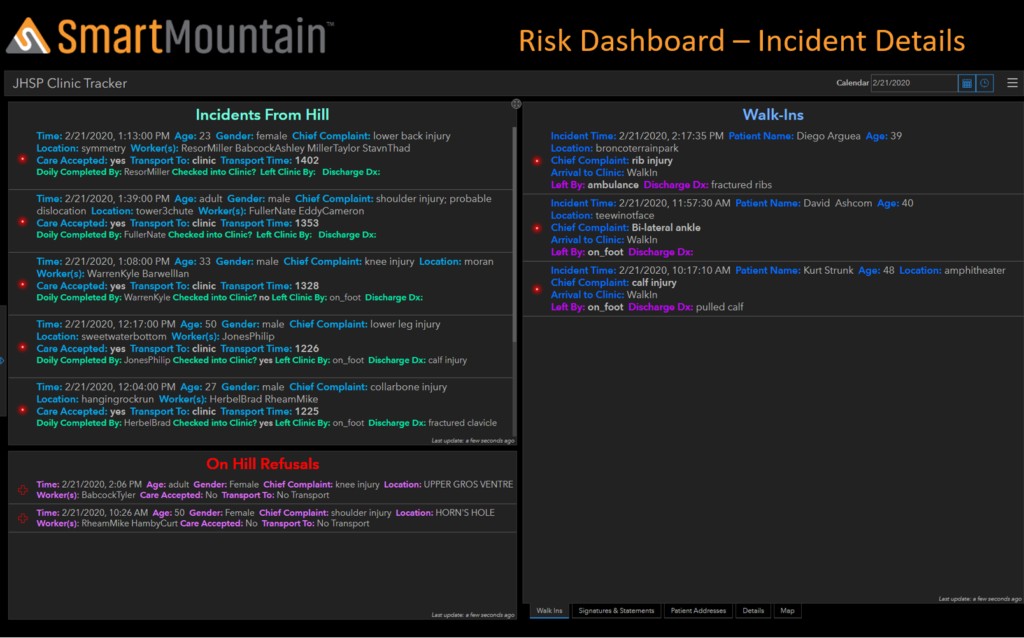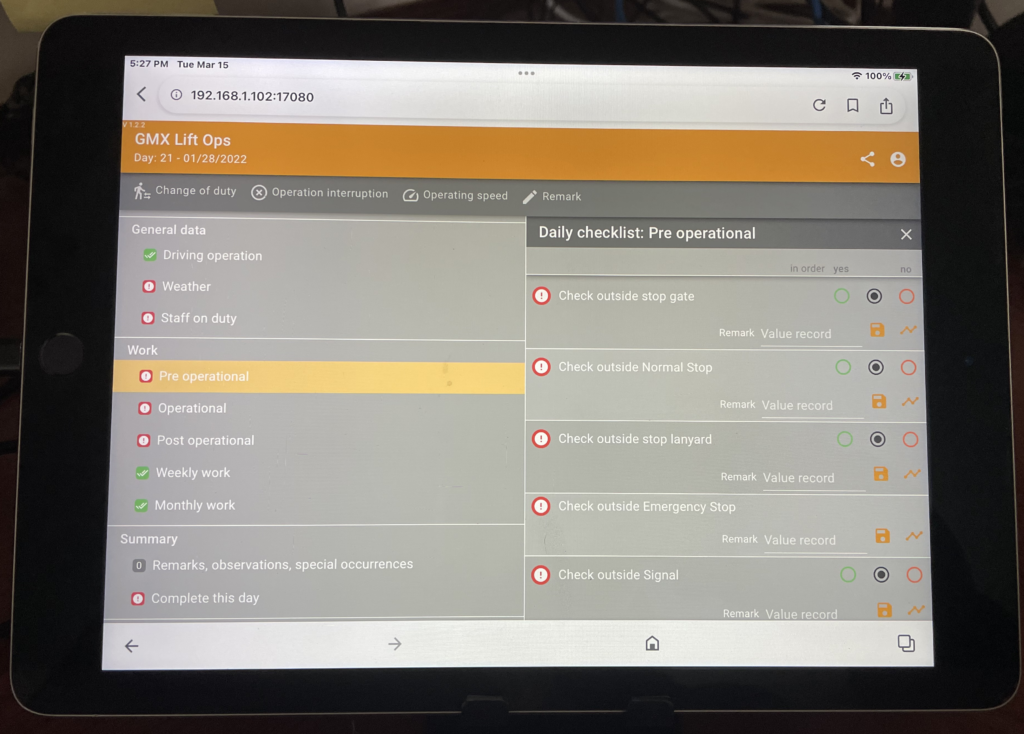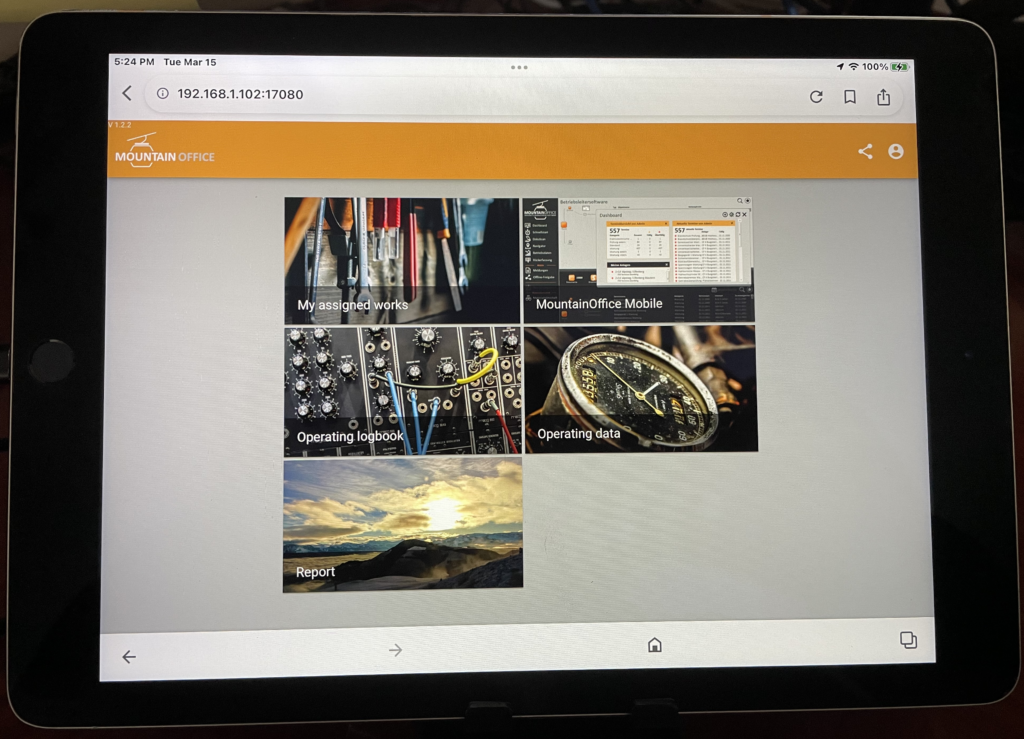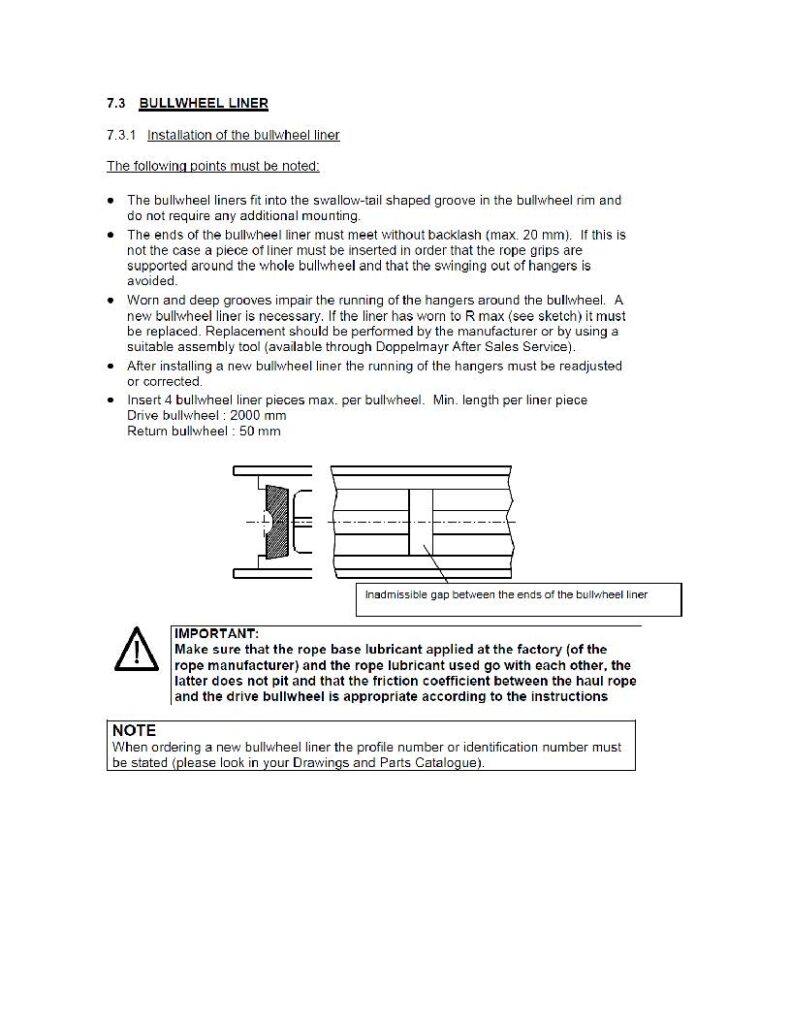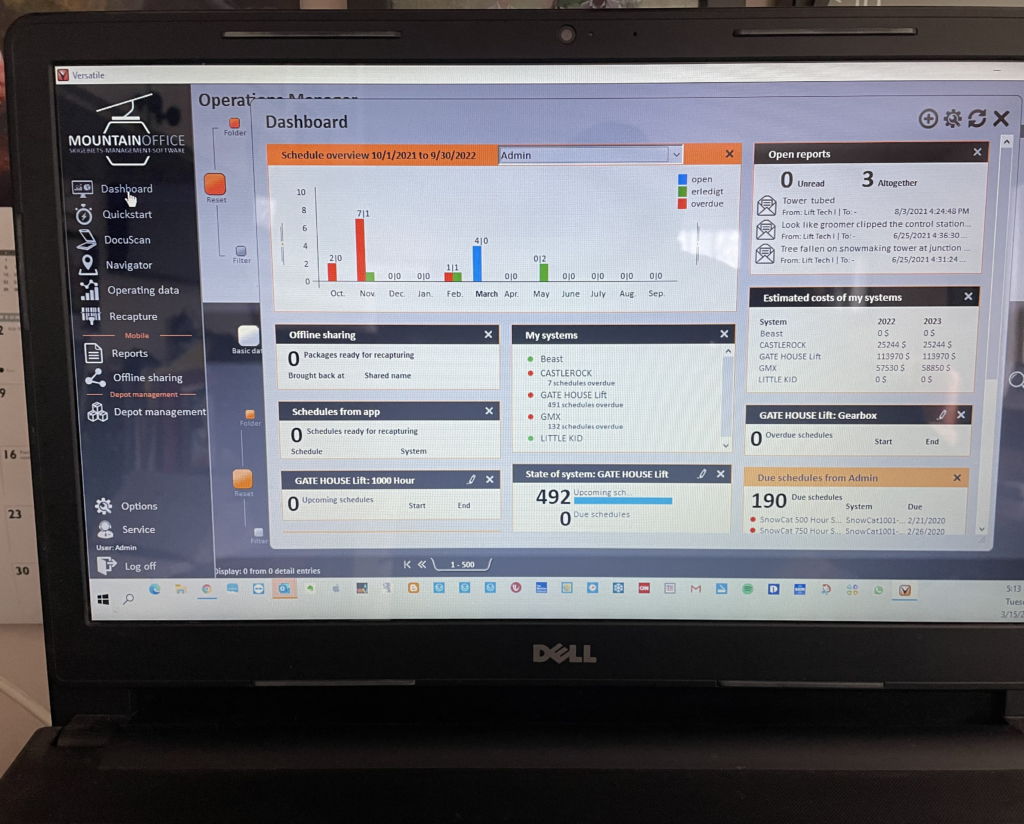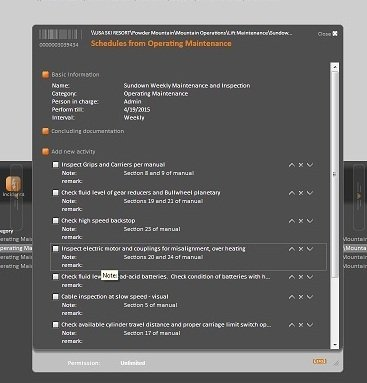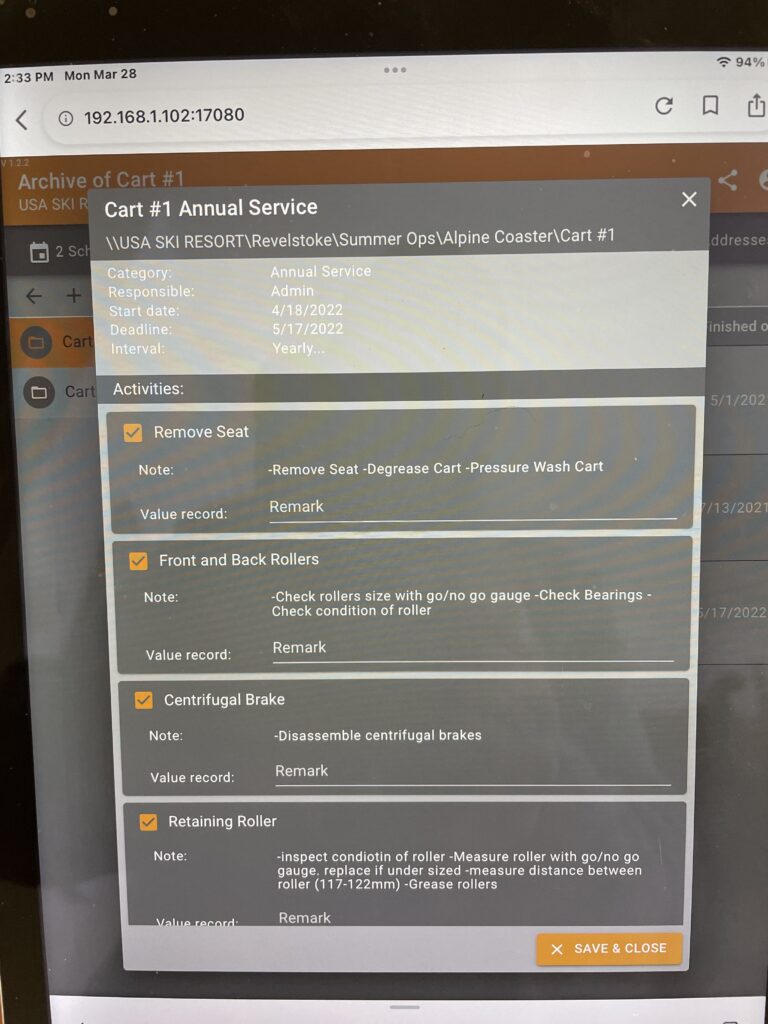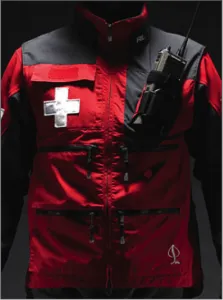 Many of the ski areas currently using a digital incident management system made their decision to select the system because the incident management system could connect to a waiver database. There is nothing wrong with connecting to a waiver database to attach a waiver to the incident. Unquestionably, having a waiver attached is of significant value for any incident that makes it to litigation against the ski area.
Many of the ski areas currently using a digital incident management system made their decision to select the system because the incident management system could connect to a waiver database. There is nothing wrong with connecting to a waiver database to attach a waiver to the incident. Unquestionably, having a waiver attached is of significant value for any incident that makes it to litigation against the ski area.
Based on National Ski Areas Association data collection, the 10-year average for catastrophic or death incidents over ten years ending in 2022 is 1.5/million skiers. Albeit any number is too much. However; are ski areas doing the skiing public service by choosing a system that helps manage a department, ski patrol, that is in place to protect and service the skiing public by the decision to make defending litigation easier? I am not convinced. Ultimately providing the best tools to manage the mountain from a safety perspective is the best way to mitigate incidents. I am sure defense lawyers and insurance companies might disagree.
Waivers should be part of the POS system that sells season passes, ski lift tickets, ski school lessons, rental of skis or snowboards, childcare, bike rentals, bike instruction, camp enrollment, or any adventure activities. Waivers should be formatted by a lawyer, made easy to access and complete, and accessible post the waiver signer’s use of the ski area, and vetted by another lawyer to ensure that the waiver meets the jurisdiction of the state the ski area is located in. There is no universal template when it comes to liability waivers. Not having ski patrol review an incident management system is a mistake. This isn’t made up. I have talked with Patrol Directors who are told what they are using by Risk Managers because the system links to a waiver database and not had any part in the decision.
Having made the case for ski patrol making the decision on what is to be used to assist ski patrol to manage their work.
I proposed in a post in December 2022, What Makes a Good Incident Management Program, the following elements are required of a good incident management system:
- Ease of use
- Full mountain coverage
- Limited IT dependency
- Use NSAA, CWSA, MountainGuard, Other Insurers, or ski area forms
- Able to include statements, injured party or representative, and witnesses
- Able to include pictures and drawings
- Full incident investigation capability, including specific forms used by investigators
- Missing person reporting and tracking per ski area protocol
- Track workflow – meaning trail checks, sweeps, work assignments, and training
- Roster management
- Dispatch
- Incident tracking by location and status
- Map of current responses
- Lift status
- Roster availability – whom to dispatch
- Forms creation
These are the elements that make a good incident management system, useable on any platform on any device.
All these features are incorporated into SmartMountain. The flexibility of SmartMountain in making all the forms ski area specific maximizes the acceptance by patrollers. Change can be a challenge for all of us and that is recognized by SmartMountain. Patrollers can operate totally with a mobile device, most likely a smartphone, picking up incidents in their SmartMountain inbox. Patrollers can complete any form, a trail check, sweep, chair evac, a work mission, missing child, a safety violation, you name it you can do it, on their smartphone. Aid Rooms can use a tablet or Chromebook for more medical-related data entry, and for reviewing data for an accident investigation a desktop version of SmartMountain is included. One price annually covers all this and more dependent on the size of the ski area.
